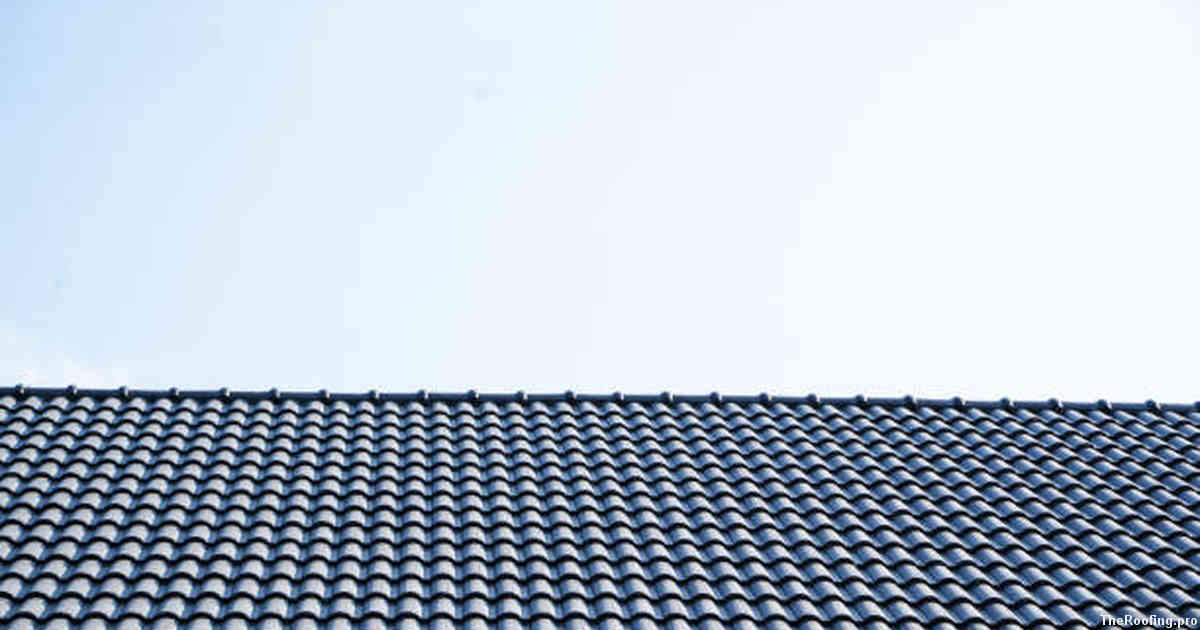
Understanding wind uplift forces on the roof deck is a critical part of ensuring that your home or business is properly protected from the elements. Wind can cause significant damage to roofs and other structures if it is not taken into account during construction. This guide will provide an overview of what wind uplift forces are, how they affect roofing systems, and how to select materials that can withstand high winds.
Contents:
- What is Wind Uplift?
- How Does it Affect Roofing?
- Factors that Influence Wind Uplift Forces
- Engineering Considerations for Mitigating Risk
- Building Code Requirements for Wind Resistance
- Types of Roofing Systems and Their Performance Against Uplift
- Installation Guidelines to Maximize Wind Resistance
- Maintenance Strategies to Maintain Adequate Protection
Wind uplift force occurs when air pressure pushes against the underside of a roof deck or building structure. It happens when strong winds blow across a flat surface, such as a rooftop, creating an area of low pressure beneath it. The low-pressure area causes air to be drawn up through openings in the material – gaps between shingles, around chimneys and vents – resulting in positive pressures pushing upward on the underside of the deck itself. These pressures increase with higher wind speeds and larger areas exposed to the wind’s force.
To counteract these forces, most residential roofs include some form of fastening system for attaching them securely to their underlying structures; however, this alone may not be enough protection against extreme weather events like hurricanes or tornadoes where sustained winds reach upwards of 100 miles per hour (mph). In these cases additional measures should be taken including installing impact resistant products such as synthetic underlayment which offer superior performance over traditional felt paper by providing superior tear resistance while also allowing moisture vapor transmission away from wood substrates helping protect them from rot and decay due to moisture accumulation within sheathing layers beneath them.
In order for any product chosen for use on your roof project meet its rated specifications two important criteria must first be met: 1) proper installation techniques must always be followed according to manufacturers guidelines; 2) all components used must have been tested together by either UL (Underwriters Laboratories) or FM Global (Factory Mutual Research Corporation). Both companies are respected industry standards requiring rigorous testing protocols before granting approval for use in various applications including those involving high-wind zones such as coastal regions where hurricane codes mandate extra precautions beyond standard requirements elsewhere throughout United States.
The most common type of fastener used today involves metal clips connecting trusses with rafters below decks at intervals along entire length perimeter ridge line while specific attachment methods vary depending upon type substrate being used typically involve nailing screws penetrating plywood/OSB boards then affixing clips directly onto framing members above clip thereby further securing connection point between two materials after being installed correctly one can expect increased safety performance but only when combined with appropriate underlayment solution mentioned earlier capable standing up against powerful storm surge conditions often seen near shorelines.
What is Wind Uplift?
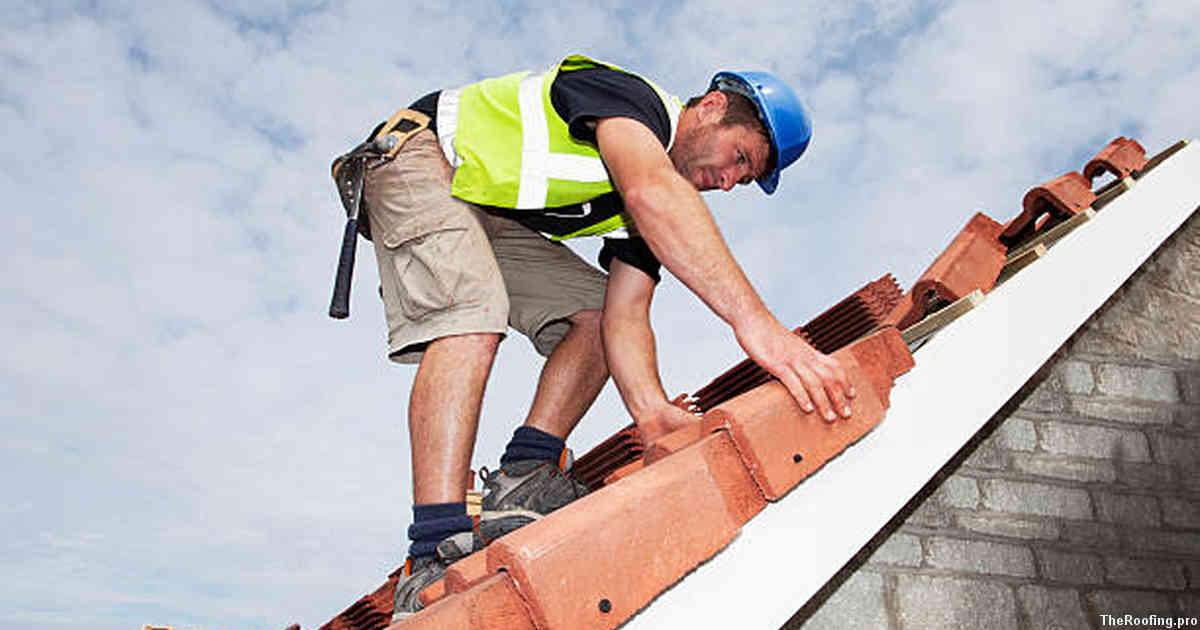
Wind uplift is a phenomenon where strong winds push up on the roof deck, creating a lifting force. This type of force can cause major damage to the roofing system if not properly accounted for in design and construction. Wind uplift forces are especially important in high wind zones such as coastal areas, mountain ranges, and hurricane-prone regions.
To understand how wind uplift affects roofs, it helps to consider its origin. In general terms, when wind blows across an object or surface like a roof deck, it creates low pressure behind it and high pressure in front of it. This difference in air pressure creates an upward lift that pushes against the underside of the roof deck. The magnitude of this lift increases with increasing velocity of the wind–the faster it goes, the greater its effect on structures below it will be.
Fortunately there are several ways to mitigate against these forces when constructing or repairing a rooftop structure: use higher grade materials; install anchor systems around the perimeter; incorporate metal flashing into seams and joints; apply waterproof membranes between layers; seal all penetrations through walls or ceilings with adhesive caulk; secure HVAC units firmly onto decks using appropriate fasteners; ensure proper sealing around skylights/vents etc.; Strengthen trusses with diagonal bracing as needed – just to name a few.
How Does it Affect Roofing?

Wind uplift forces can have a significant impact on the roof deck of a structure. It is important for those responsible for maintaining and designing buildings to be aware of the risks associated with wind uplift so they can ensure the safety of their building.
When winds reach high speeds, they create negative pressure that can lift sections of the roof up off its frame. This will cause damage to the underlying support structures and could even lead to collapse if not addressed properly in time. Such high pressures from wind may also result in water leakage as well as other related issues like mold growth or rot.
It is therefore essential for anyone involved in constructing or maintaining roofs to understand how wind uplift affects them and take appropriate measures to mitigate it before it causes serious damage. This includes making sure that all components are securely fastened together, applying weatherproofing materials around openings and seams, installing sealants where necessary, using waterproof membranes over structural elements, etc. All of which should be done in accordance with local codes and regulations governing roof construction.
Factors that Influence Wind Uplift Forces
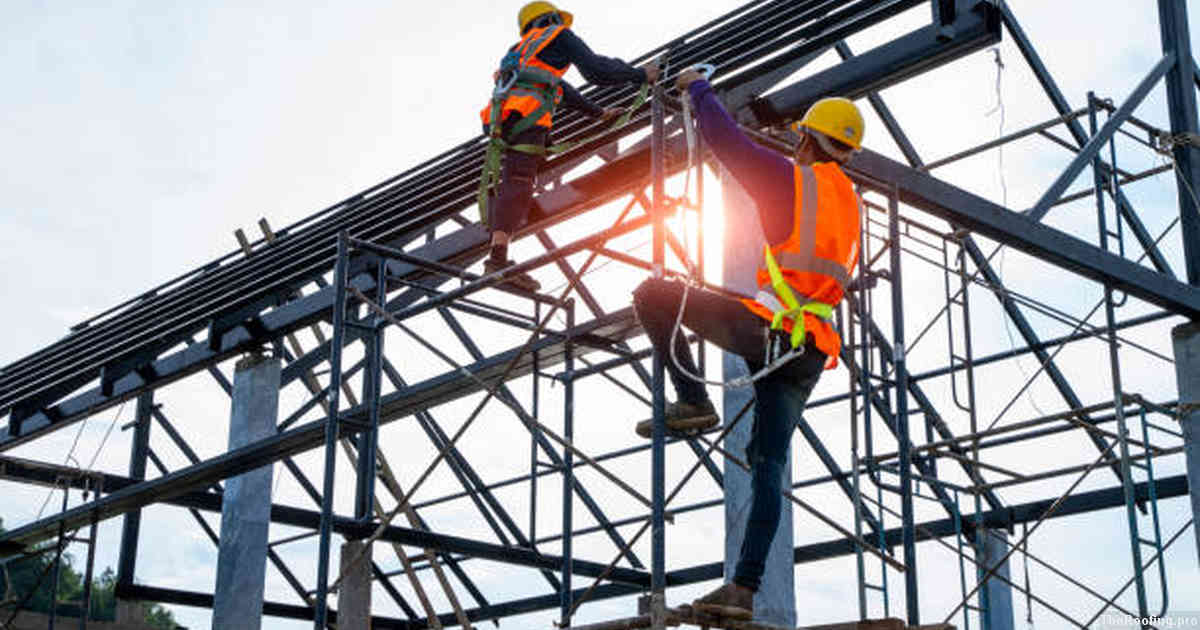
Wind uplift forces can have a major impact on the structural integrity of any roof. It is important for property owners and building managers to understand how wind resistance works in order to ensure their roofing system remains safe and secure. Wind uplift forces are caused by air pressure differences between the two sides of the roof deck, which cause an upward force that can lift or tear off shingles and other materials from the structure if it is not properly designed or installed.
There are several factors that influence wind uplift forces, including building height, terrain roughness, exposure to open areas such as lakes or oceans, local climate conditions such as temperature gradients and precipitation patterns, prevailing winds directionality and velocity. Building heights affect wind speed; taller structures create more turbulence at higher elevations where faster moving winds tend to be present. Rough terrain increases drag on roofs due to obstacles such as trees or hills disrupting airflow around them causing eddies that increase drag force on roofs resulting in greater potential for damage from high winds. Local climates can also play a role with warmer temperatures creating greater thermal convection currents lifting air up leading to increased gusts during storms while colder temperatures reduce these effects limiting maximum wind speeds reached but potentially making those gusts last longer when they do occur. Understanding prevailing winds helps determine what kind of protection might be needed for a particular location whether it’s shelter from adjacent buildings blocking some directions more than others, protecting certain sides with sturdier materials etc. While also understanding exactly what type of storm system could arrive so additional safeguards could be taken into account ahead of time if possible.
All these factors must be taken into consideration when designing any structure’s roofing system in order to adequately protect against potential damage caused by strong winds; failure to do so could lead costly repairs down the line due unforeseen events taking place unexpectedly.
Engineering Considerations for Mitigating Risk
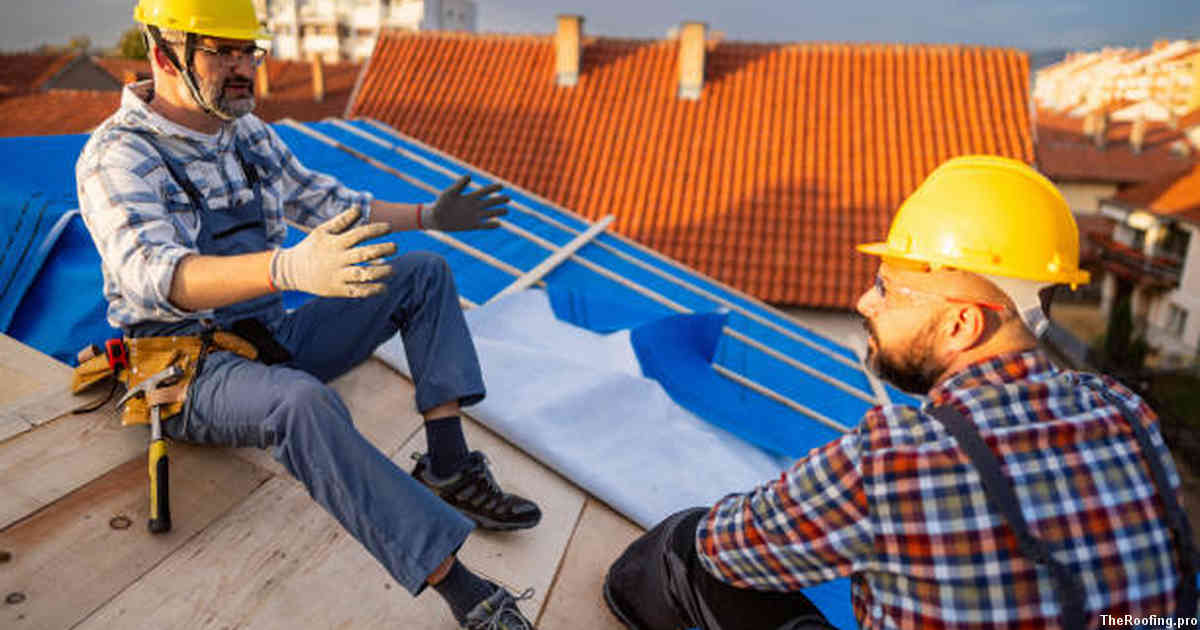
When designing a roof, engineers must consider the effect of wind uplift forces. Wind uplift is caused by pressure differences between the upper and lower surfaces of a structure. The force generated can be significant, leading to structural damage if not accounted for in design considerations. As such, understanding how to engineer roofs that are resistant to wind uplift is critical for any building project.
One way engineers mitigate risk from wind uplift is by using sheathing or paneling on the underside of the roof deck. This additional layer serves as a physical barrier against air pressure differentials and helps keep structures in place during high winds or storms. Roofers should also ensure that panels are securely attached with appropriate fasteners so they do not come loose due to vibration or other environmental factors over time.
While engineered solutions provide some protection against wind uplift forces on roofs, it’s important to remember that no solution provides complete protection under all circumstances; therefore careful consideration must be given when selecting materials and designs for each individual project based on local conditions such as climate and terrain type. By taking these steps into account prior to construction, engineers can help minimize potential risks associated with extreme weather events like hurricanes and tornadoes in order to protect their projects from costly damages down the line.
Building Code Requirements for Wind Resistance
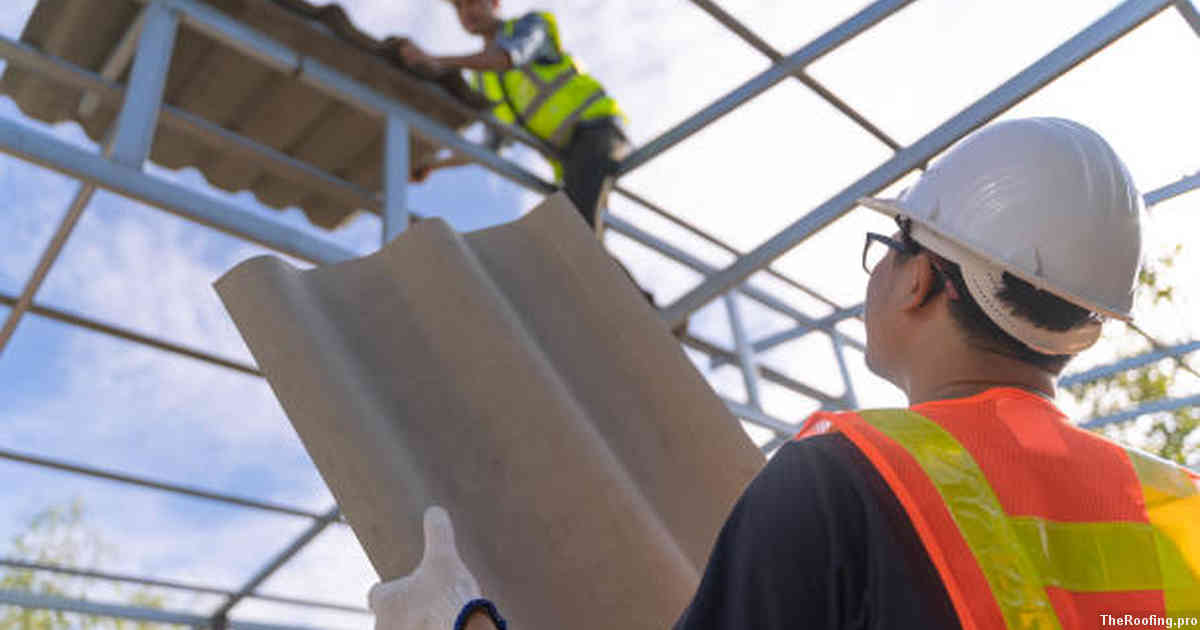
When it comes to roofing, building codes typically require that the roof system is designed for a minimum wind uplift resistance. This means that the structure must be able to withstand pressures generated by strong winds without being damaged or dislodged from its position. Building codes also require that specific tests are performed on roofs in order to prove their ability to resist wind uplift forces and obtain certification of compliance with local regulations.
In order to meet these requirements, several factors need to be taken into account when designing a roofing system: material selection, fastening methods, edge details, and other considerations such as insulation type and thickness. Proper installation of the materials according to manufacturer instructions is essential in achieving the required level of performance against wind uplift forces.
Testing should always be carried out during installation process in order verify adequate adherence between components before they are exposed to weather conditions; this will help identify any potential areas of weakness before they can cause damage due extreme winds and rainstorms. The same principles apply for re-roofing jobs or repairs involving existing structures; it is important that all components adhere correctly together at all times so as not compromise safety standards or risk failure due bad weather conditions later on down the line.
Types of Roofing Systems and Their Performance Against Uplift
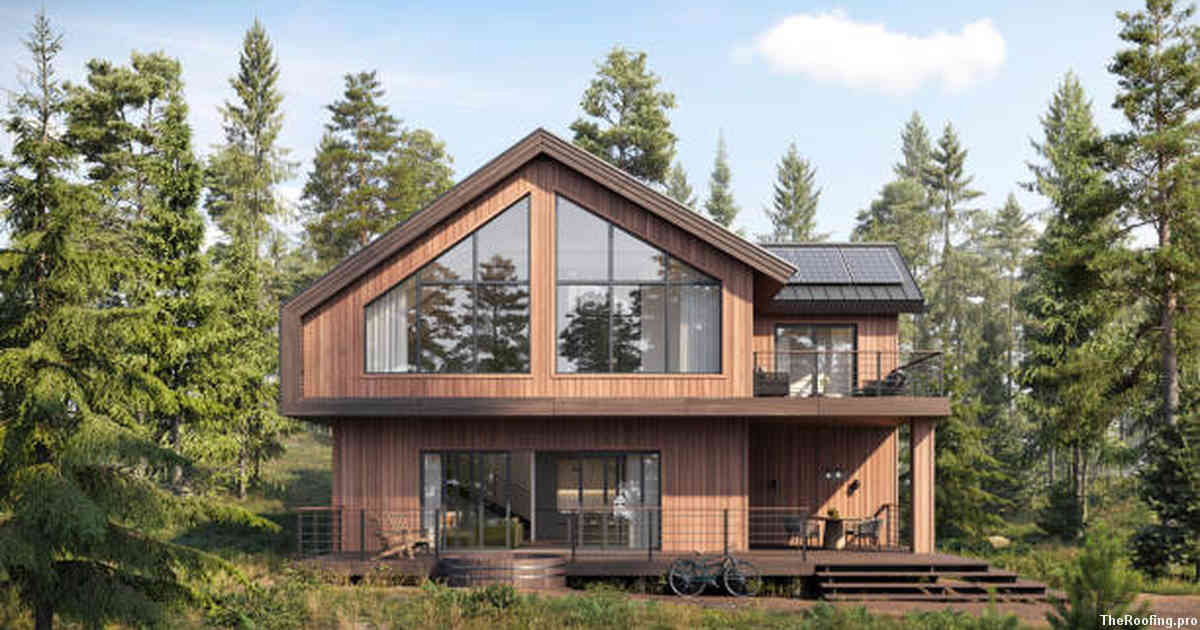
When it comes to wind resistance, different types of roofing systems have varying levels of performance. Asphalt shingles are a popular choice and come in two main varieties: organic-mat based or fiberglass-based. Organic-mat based asphalt shingles typically feature a base layer of felt paper with mineral granules embedded on the surface for extra protection against UV rays and weather damage. Fiberglass-based asphalt shingles, on the other hand, utilize fiberglass mats as the base layer instead of felt paper. This type is more resistant to cracking from temperature changes but has less overall flexibility than its organic counterpart which can lead to higher susceptibility to uplift forces caused by strong winds.
Metal roofs offer increased durability when compared to traditional asphalt roofs due to their corrosion resistance and ability withstand severe weather conditions without sustaining much damage over time; however metal roof panels do not generally flex like other materials such as rubber or plastic so they may be vulnerable under high wind pressure if not properly installed with adequate fasteners that secure them firmly into place. Standing seam metal roof systems provide an effective solution since they are designed with raised seams that act as mini anchors that help keep the system secured even in extreme conditions while also providing excellent drainage capabilities through strategically placed ribbed pans between each panel segment.
Tile roofs are often favored for their aesthetic appeal but these types of systems may require additional reinforcement when installing them on buildings located in areas prone to high winds because tiles can be particularly susceptible to uplift forces due to their shape and weight distribution across multiple points along the deck’s surface area. By reinforcing tile rooftops with solid clips or mechanical anchoring devices at regular intervals you can ensure a secure fit that helps mitigate any potential risk associated with wind uplift during heavy storms or hurricane season.
Installation Guidelines to Maximize Wind Resistance

When installing a roof deck, it is important to consider wind uplift forces and how they can affect the stability of the structure. Wind uplift resistance can be increased by following certain installation guidelines. One of the most effective ways to increase wind resistance is to ensure that all connections between panels are properly sealed with an appropriate sealant or adhesive. This will help reduce any air leakage which can cause pressure imbalances on the roof deck and result in wind-induced damage.
It is also important to use fasteners that are designed for use in high-wind areas such as hurricane clips or hurricane ties. These specialized fasteners create a secure connection between panels and resist higher levels of force from strong winds than conventional nails or screws. It is essential that these fasteners be installed according to manufacturer’s specifications for maximum strength and durability when facing extreme conditions like hurricanes or tornadoes.
It may be beneficial to add additional layers of protection against wind damage such as adding more bracing around windows and doors, reinforcing gable ends, installing baffles over attic vents, etc. Depending on your local building codes and requirements. By taking these extra steps during installation you can help prevent costly repairs down the line due to unexpected gusts of strong winds that could otherwise cause extensive damage if not adequately prepared for beforehand.
Maintenance Strategies to Maintain Adequate Protection
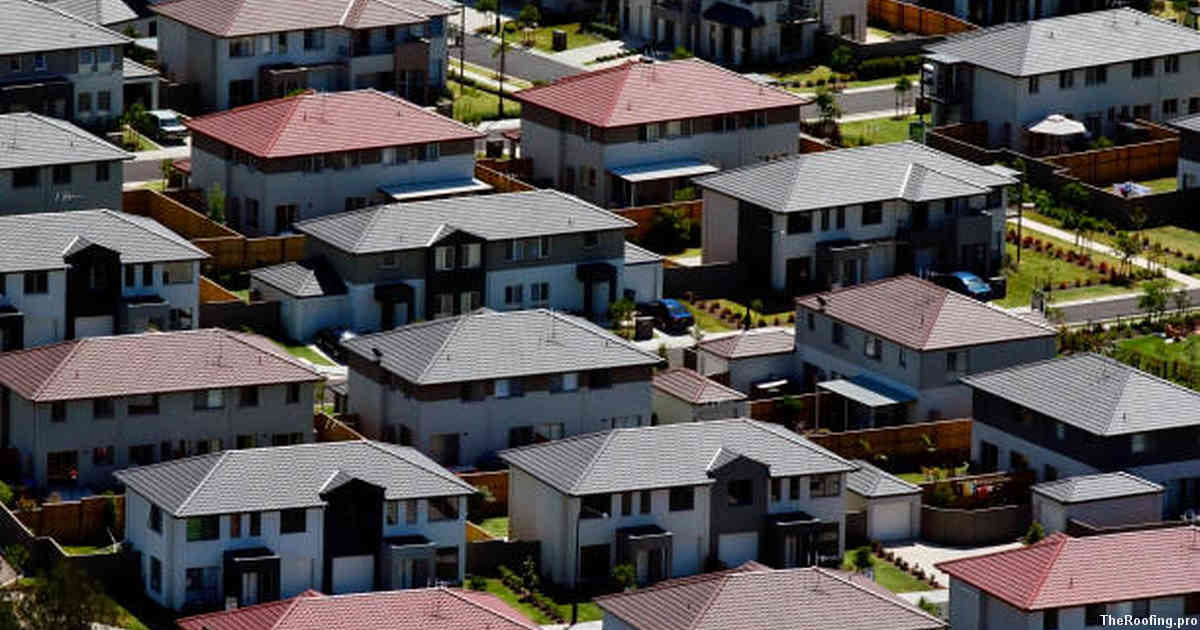
The most important step in maintaining wind resistance on the roof deck is regular maintenance. Regular inspections can help identify and address any issues before they become a bigger problem, like a leak or an extreme weather event. To keep your roof deck safe from wind uplift forces, there are several maintenance strategies to consider.
It’s important to check for missing or damaged shingles and replace them as needed. This helps maintain the integrity of the overall structure and reduce potential exposure to strong winds. Inspect around vents and other openings where high winds can enter the building; if necessary, caulk around these areas with appropriate sealant materials that will stand up against powerful gusts of wind. Be sure to clear away any debris or loose objects that may have collected on top of the roof – this reduces drag which could cause damage during high-wind events.
Make sure all fasteners used in securing components such as flashings are properly tightened; loose connections create weak spots which could compromise the structural stability of your roof deck in strong winds conditions. By following these steps you can ensure adequate protection from extreme wind uplift forces on your home’s roofing system throughout its life cycle.